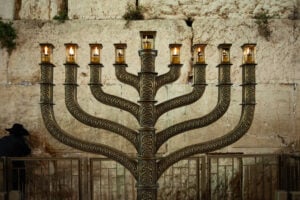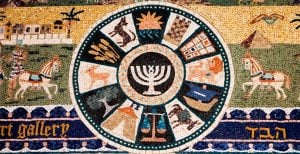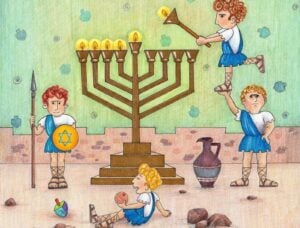 Megillat Esther (The Scroll of Esther), known as the Megillah, is the last of the five scrolls that form the section of the Bible, known as the Ketuvim, or Writings.
Megillat Esther (The Scroll of Esther), known as the Megillah, is the last of the five scrolls that form the section of the Bible, known as the Ketuvim, or Writings.
The Megillah tells the story of the salvation of the Jews in the Persian Empire of the 5th century BCE from immanent genocide. It is universally known as the Megillahdue to the fact that it is the only scroll that is still generally read from a parchment scroll. At one time, it was actually common for every Jewish household to possess its own Megillah, many with beautifully illuminated texts and decorative cases to house the scroll.
Customs for Reading of the Megillah
The Megillah scroll is traditionally read twice every year on the holiday of Purim, once in the evening, and again in the morning after the Torah reading. The Megillah must be read standing and from the scroll, not by heart. During the reading, there are four special verses which hint at the coming redemption, which are said aloud by the congregation and then repeated by the reader (Esther 2:5, 8:15-16, 10:3).
Another interesting part of the Megillah reading are the four verses (Esther 9: 7-10) which speak of the hanging of the ten sons of Haman. The custom is for the reader to quickly read the names of Haman’s sons in one single breath as they all died together. Another reason for this custom is the Jewish attitude to avoid gloating over the fall of their enemy.
Congregational Participation
It is also common for the listeners at the Megillah reading to make loud noises, usually with special noisemakers called groggers, whenever “Haman” is mentioned as a symbolic blotting out of his name. Costumes, songs and other festive expressions of joy all accompany this unique event.






